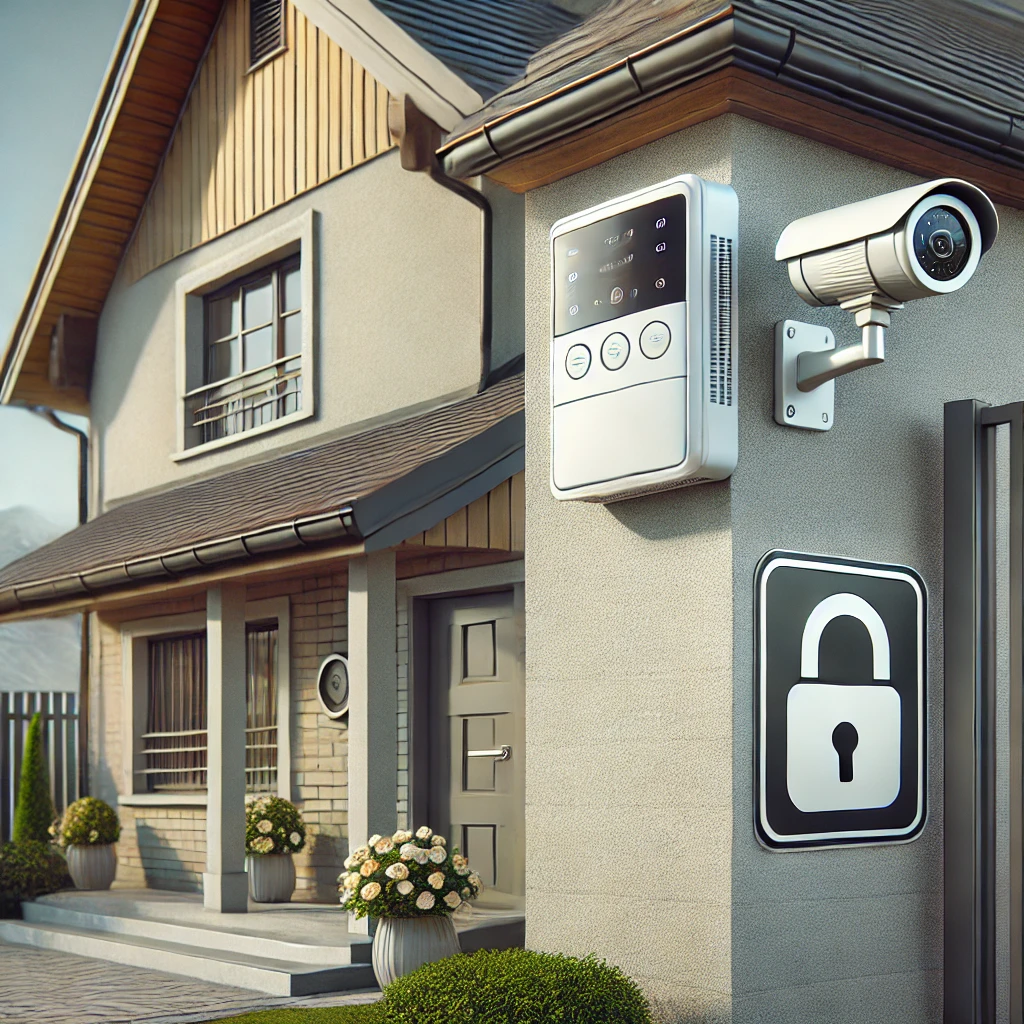The Raspberry Pi has established itself as one of the most versatile and accessible platforms for a wide range of electronics and programming projects. Among its many applications, one of the most interesting is creating a custom voice assistant. This article will guide you step by step in setting up a voice assistant using a Raspberry Pi, from the necessary components to the final implementation.
What is a Voice Assistant and Why Use Raspberry Pi?
A voice assistant is software that allows you to interact with a device through voice commands. This type of technology has gained popularity with the proliferation of devices like Amazon Echo and Google Home. However, by using a Raspberry Pi, you can create a fully customized voice assistant that you can tailor to your specific needs.
Advantages of using Raspberry Pi for a voice assistant:
- Cost-Effectiveness: The Raspberry Pi is an economical solution compared to other platforms.
- Flexibility: You can choose between different voice assistant software and customize your system according to your needs.
- DIY Projects: It is ideal for those who enjoy DIY projects and want to have full control over their voice assistant.
Necessary Components
Before starting the setup, you need to gather some essential components:
- Raspberry Pi (model 3B+ or higher recommended).
- microSD Card (with at least 16 GB capacity).
- USB Microphone or a compatible microphone module for Raspberry Pi.
- USB Speaker or a speaker with a 3.5 mm jack.
- Power Supply for the Raspberry Pi.
- Internet Connection (via Ethernet cable or Wi-Fi).
In addition to the hardware, you will need suitable software to turn your Raspberry Pi into a voice assistant. Some of the most popular options include Mycroft AI and Google Assistant SDK.
Setting Up the Voice Assistant on Raspberry Pi
Once you have all the components ready, it’s time to set up your voice assistant. Below is an example using Mycroft AI, an open-source software ideal for this type of project.
1. Installing the Operating System
First, install the Raspberry Pi OS on your microSD card. You can download the image from the official Raspberry Pi website and use a tool like Balena Etcher to write the image to the card.
2. Configuring Mycroft AI
- Download Mycroft AI: Clone the Mycroft repository from GitHub on your Raspberry Pi.
- Install Dependencies: Make sure your Raspberry Pi has all the necessary dependencies installed. You can do this with the
sudo apt-get installcommand followed by the required packages. - Configure Audio: Adjust the microphone and speaker settings in Mycroft to ensure the assistant can hear and respond to your commands.
3. Customizing the Assistant
Mycroft AI allows for great customization. You can add skills that expand the assistant’s capabilities, from reminders to IoT device integration.
4. Testing and Troubleshooting
Finally, test your voice assistant. If you encounter any issues, check the audio configuration or consult the Mycroft community for possible solutions.
Projects and Practical Examples
There are multiple inspiring projects that demonstrate the possibilities of a voice assistant with Raspberry Pi:
- Smart Home Control: Integrate your voice assistant with IoT devices to control lights, thermostats, and more.
- Custom Office Assistant: Set up reminders, timers, and specific commands to increase your productivity.
- Alarm and Security System: Create an assistant that can alert you about movements or suspicious activities in your home.
Each of these projects can be adapted and customized to suit your needs, making the Raspberry Pi an incredibly powerful tool for creating voice assistants.
Conclusion
Setting up a voice assistant with Raspberry Pi is an exciting project that combines hardware and software skills. It is not only a cost-effective and flexible way to have your own voice assistant but also an excellent way to learn about technology and programming. Get started on your own project and explore the endless possibilities offered by the Raspberry Pi!

